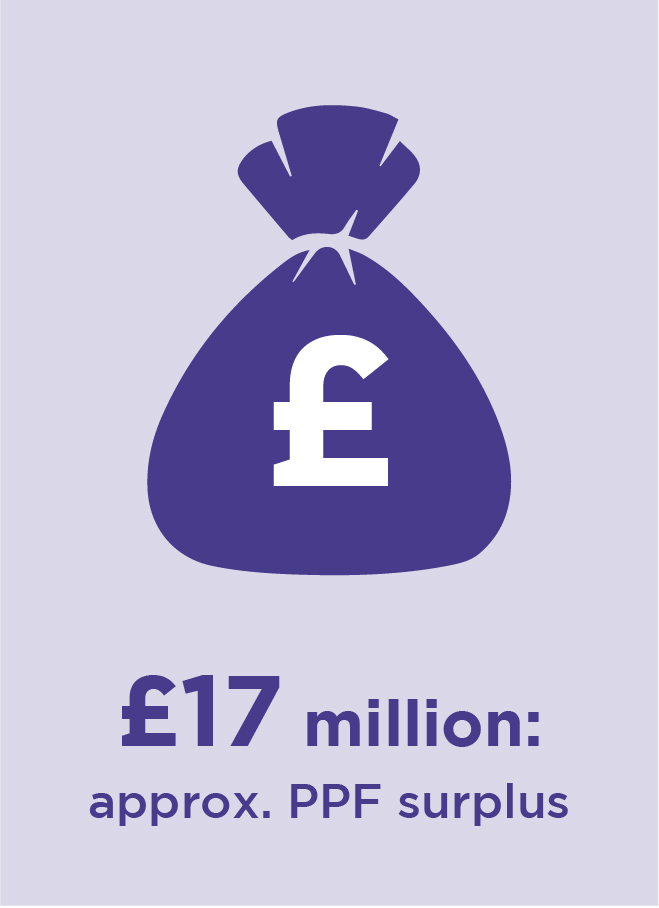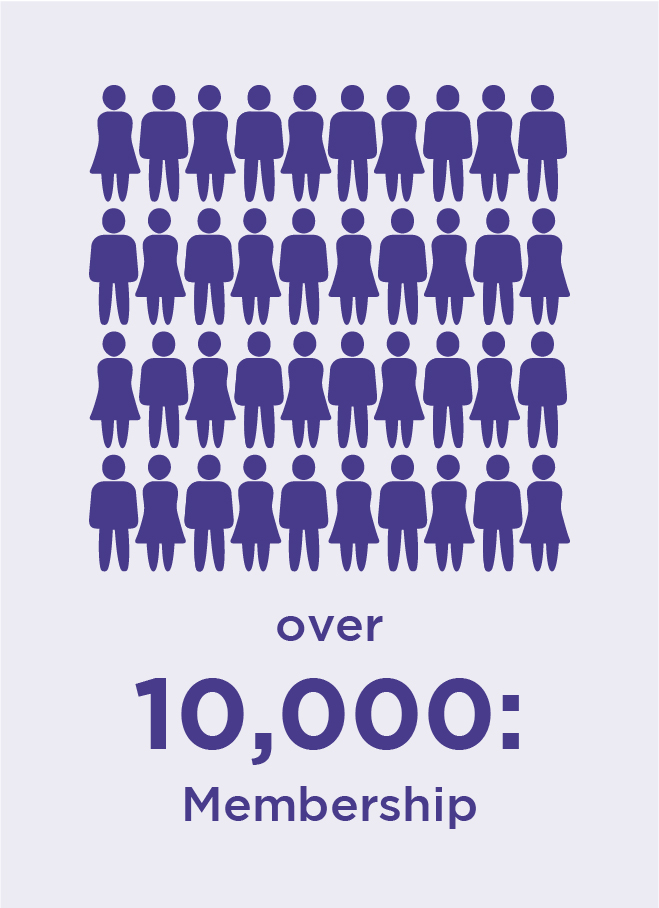Regulatory intervention report issued in relation to the House of Fraser pension scheme.
Published: February 2020
Summary
The high street retailer House of Fraser went into administration on 10 August 2018 and the business and assets were sold to a company owned by Sports Direct under a 'pre-pack' arrangement.
We opened an investigation to establish whether there were any activities in respect of the pre-pack and the events and circumstances preceding it that would cause us to use our anti-avoidance powers. Based on the evidence we identified we decided to close the investigation and will not currently be pursuing the use of our Financial Support Direction (FSD) or Contribution Notice (CN) powers.
Illustrated summary



Background
House of Fraser was a household name high street department store retailer with well-publicised financial problems.
The House of Fraser group included the sponsoring employers of the pension scheme, which had two sections. These had a combined membership of 10,256 and an estimated combined buyout deficit of £265.7 million as at the last formal valuation (on 31 December 2016).
In November 2017 we engaged with company directors of the House of Fraser group and the trustees of the scheme because of concerns relating to the group’s financial strength. The initial discussions with the company were positive, and we continued to hold regular meetings with the company directors and the trustees.
House of Fraser’s stressed financial circumstances eventually led to the approval of a CVA (company voluntary arrangement) in June 2018 under which it was intended to close approximately half of its stores and reduce rent on several other outlets as part of a significant cost cutting exercise. The pension scheme was not required to make any compromises under the CVA.
In addition, a scheme of arrangement was approved in July 2018 with the purpose of extending the maturity dates of loans, permitting up to £50 million of additional debt to be borrowed, ranking ahead of all existing debt and permitting a change of ownership.
The CVA depended on an equity injection of around £70 million from a Hong Kong investor who sought to acquire 51% of House of Fraser’s shares.
Despite settling a challenge from the landlords, the CVA eventually failed once it became apparent the proposed shareholder investment was not going to materialise.
The sale of the company
After the CVA collapsed, an accelerated mergers and acquisitions (AMA) process was carried out with a tight deadline as the business was rapidly running out of cash. There were a number of proposals which had the potential to preserve the solvency of the House of Fraser group, but these were either withdrawn, could not be delivered in the timescales involved, or would have resulted in the secured creditors, who were already facing a considerable shortfall on their secured lending, receiving lower sums than the estimated outcome on insolvency.
There were two offers to buy the business via an insolvency that were capable of being completed within the timescales required. One of these offers withdrew, leaving Sports Direct as the only viable prospective purchaser.
Administrators were appointed on 10 August 2018 and sold the businesses and assets to Sports Direct vehicles for £90 million that morning. The administrators reported that alternative options would probably result in a significantly lower recovery for creditors than the sale to Sport Direct, which also allowed employees to transfer to the new company. The transaction was completed on 10 August 2018 and, as a result, the pension scheme entered PPF (Pension Protection Fund) assessment.
Regulatory action
Our engagement with the pension scheme’s trustees was already well established since the submission of the 2016 valuation and continued throughout the CVA discussions, as well as the AMA process. For this case, our enquiries focused on the following issues to determine whether there was a case to support issuing a CN:
- Whether there was any viable alternative to the company going into administration.
- Whether the timing of the administration had been premature.
- Whether there had been any preferential treatment of the eventual purchaser in the process.
- Whether there were any acts before the administration that required further scrutiny.
We also considered whether it would be appropriate or reasonable to seek an FSD.
Outcome
We found no evidence to conclude that the timing of the insolvency was deliberately manipulated, or that the insolvency occurred too soon or was mismanaged. We also concluded that there were no acts or transactions pre-dating the administration that warranted further investigation and are satisfied that, on the basis of the evidence we reviewed, further investigations would not be appropriate.
In addition, we concluded that there was insufficient evidence to support further investigation to pursue an FSD.
Our approach
Pre-pack administrations are a means of preserving jobs and value in a business that could otherwise end up in liquidation. However, where an insolvency occurs, stakeholders (including the pension scheme) may lose out. Where pre-pack administrations result in the removal of sponsor support from a defined benefit scheme, the parties to the transaction should expect us to investigate whether there are grounds for us to take anti-avoidance action.
Timeline
- January 2018 – House of Fraser announces its intention to reduce the number of stores as a result of financial problems. TPR re-engages with trustees and supports them in de-risking the investment strategy.
- May 2018 – Intention to enter CVA announced.
- June 2018 – CVA approved by creditors.
- July 2018 – Scheme of arrangement approved. Intended investor announces cash will not be made available to inject into the House of Fraser, a requirement of the CVA.
- August 2018 – AMA process launched.
- 10 August 2018 – House of Fraser enters administration with pre-pack sale to Sports Direct.
- September 2018 – TPR begins investigation into circumstances leading up to administration.
- January 2019 – TPR continues to gather and review information.
- March 2019 – TPR attends meeting with buyer and issues follow-up information requests to various parties.
- May to September 2019 – TPR reviews further information and considers use of powers.
- November 2019 – TPR closes investigation.

